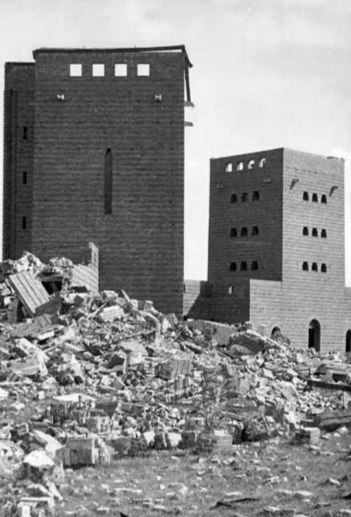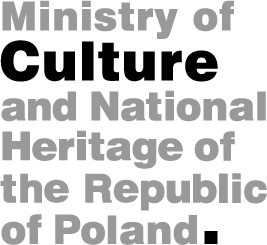|
|
sites of memory ...are practically residue, remains, "There are sites of memory because the milieux of memory, sceneries, no longer exist, where memory constitutes a real part of every-day experience". These are the words of Pierre Nora, a French historian and precursor of studies on "the sites of memory”. In the early nineteen eighties, he published a paper entitled Memoire collective where he postulated the necessity of the study of "the sites of memory". Although Nora did not precisely define the term lieux de memoire, it seems that what he understood by it was all of the forms of presence in contemporaneity, i.e. historical archives, monuments to heroes, as well as certain societies – ethnic groups, and nations. One can speak about it when certain objects gain the status of "sites of memory" when a principle, existing in a given culture, determines the fact that we can experience the past directly through contact with witnesses, participants of some events; we can also experience it indirectly through places, signs, and symbols. All of the objects which "have anything to say" about the past – chronicles, archives, maps, memoirs, photographs, literature, and sculpted objects, understood as depositories of the past, constitute indispensable material for investigation into bygone times. It is also worth adding that real "sites of memory" – memorials, cemeteries, and museums, along with symbolic, metaphorical ones – often no longer existing physically – have the same status ("sites of memory"). Additionally, they enjoy the same qualities – they are the property of a defined social group so, consequently, they are important from the point of view of collective values and ideas. The only difference that occurs lies in the comparison of the terms, denoting "places of memory" – they exist when we deal with real places as the "property" of society or a group, which can potentially be visited and commemorated, but in the situation of our resorting to symbol and/ or metaphor, we can only evoke our own past, our memory. Translated by Marzena Beata Guzowska
|

Partially ruined Tannenberg-Denkmal, a photograph from 1948. |
|||
| |||||
